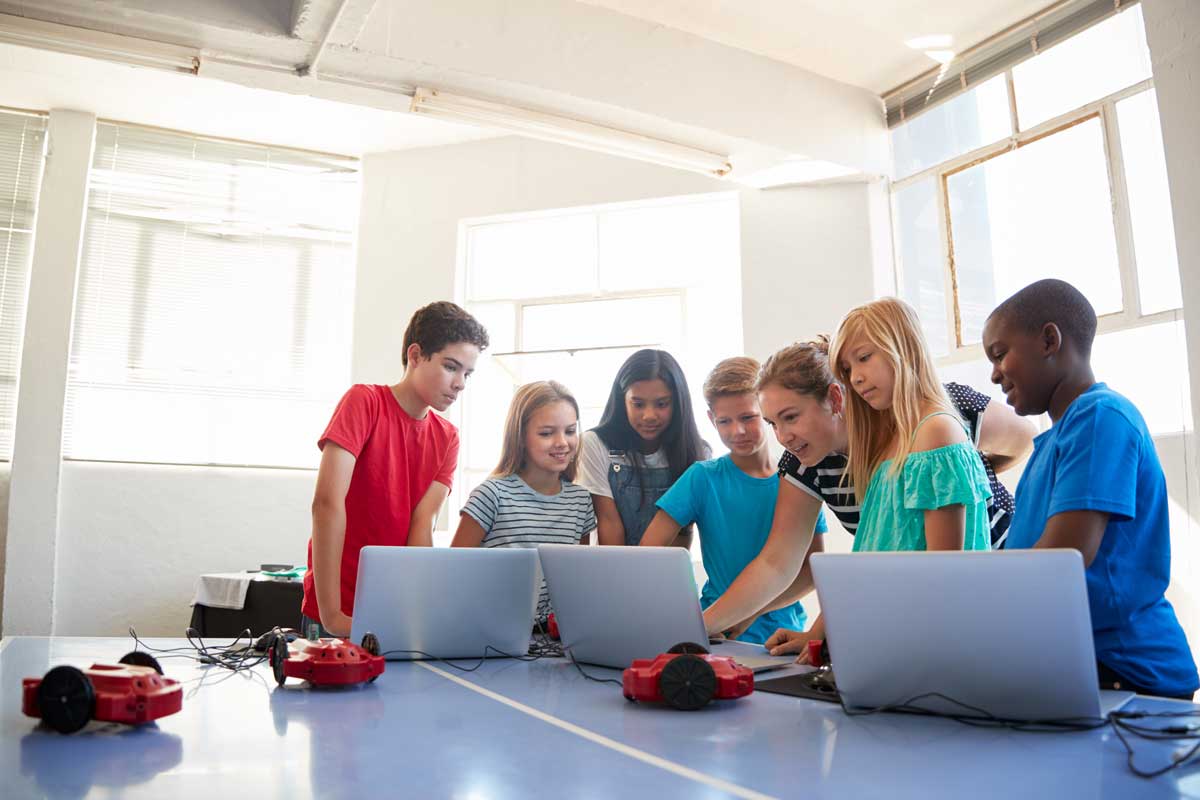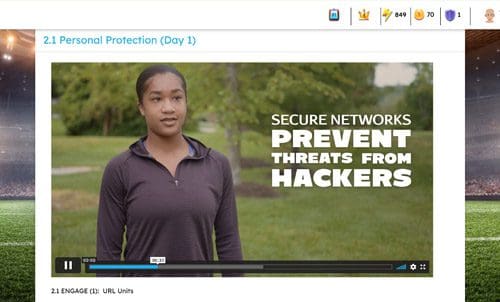
As middle school educators know, it can be tough to keep students engaged. STEM subjects like coding sometimes get a bad rap, with many students complaining that they feel bored or that the subject matter is “too hard”.
However, coding can be exciting when students approach it with the right mindset.
Studies have shown that children learn more when they are enjoying themselves or experiencing something new. Having fun motivates students to stay engaged in whatever they’re learning.
So, how can you make learning to code fun for students?
We’d like to share some suggestions to get students excited about coding.
1. Give Students Opportunities for Small Wins While Learning to Code
People, including children, tend to be more engaged when they see that they are making progress.
With coding, it’s easy to get caught up in a single, large project or spend a long time focusing on syntax without any tangible results. Technology educators must proactively provide opportunities for “small wins” — small but meaningful projects that reward students with tangible results of their projects.
If a class goal is to have students build a simple website by the end of the class, have them add new features as they learn about new code elements or functions. If the goal is to teach students the basics of programming in Java, have them build simple games, drawings, and other programs every week or so.
By consistently experiencing the joys of tangible success, students will stay excited to learn more.
2. Emphasize the Creative Potential of Writing Code
American culture often stereotypes computer programmers as math nerds. But in reality, coding is about creating and making ideas come to life just as much as it is about math and logic.
From the first day of class, educators should strive to make students aware of the creative potential of coding. Give students real-world examples of how they might use the concepts they are learning in class. Have them experiment with their code to change the appearance or function of a project they are working on.
As students build their skills, they can begin to make their own drawings, games, websites, robots, and even apps. What could be more creative than that?
3. Encourage Personal Coding Projects
Coding is an incredibly versatile skill. It can be used to animate videos, develop apps for phones and computers, predict the weather, improve healthcare systems, and more. Even at a beginner level, there is a wide variety of projects students can take on.
The best learning happens when students work on something they are excited about. So why not encourage students to choose their own projects?
Beginner HTML students create simple additions to a website. Students learning Java can make simple games for themselves.
When a student works on something they are truly passionate about, they’re sure to learn more — and that much more likely to continue using their skills in the future.
4. Ramp Up the Fun with Coding Games
Games not only make learning fun, but also help students learn more effectively.
Gamification often increases student engagement, makes it easier for teachers to track progress, and rewards students for their learning progress. Multiplayer games can be even more beneficial since they leverage the motivation of peer competition.
To help students learn coding more effectively, look for ed tech that incorporates games into the learning process. There are plenty of education platforms out there that use games to teach concepts or keep students engaged in practice.
Our favorite gamified coding education platform is Yeti Code, which enables students to practice coding in a unique multiplayer game environment. Students can learn on their own with single player games, then play against each other and motivate each other to progress.
Students enjoying the game will thank you for making coding fun — and best of all, they’ll learn more!








